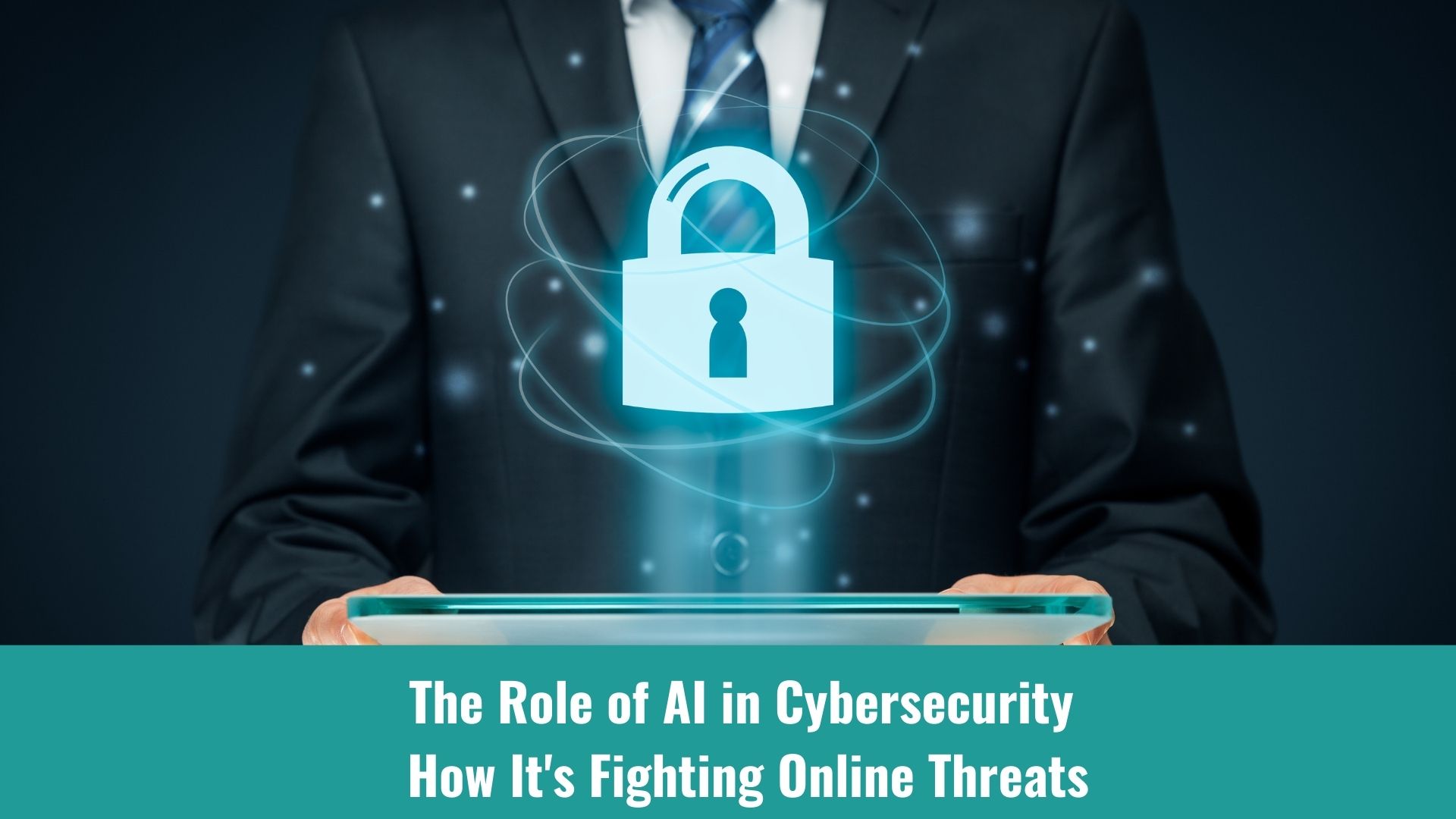As cyber threats become more sophisticated, artificial intelligence (AI) is emerging as a powerful tool in cybersecurity. AI-driven security systems can detect, prevent, and respond to cyberattacks faster and more efficiently than traditional methods. But how exactly is AI transforming cybersecurity, and what challenges does it face?
1. The Growing Threat of Cyberattacks
With increasing reliance on digital infrastructure, cyber threats like phishing, ransomware, and data breaches are more prevalent than ever. AI is helping organizations tackle these threats by:
- Detecting anomalies in real-time
- Identifying patterns of cyberattacks
- Automating threat responses
2. How AI Enhances Cybersecurity
A. Threat Detection and Prevention
AI-powered systems analyze vast amounts of data to identify potential threats before they cause damage. Techniques include:
- Machine Learning (ML) Models – AI learns from past cyberattacks to predict future threats.
- Behavioral Analytics – AI monitors user behavior to detect suspicious activity.
- Intrusion Detection Systems (IDS) – AI detects unauthorized access attempts and flags potential breaches.
B. Automated Incident Response
AI helps security teams automate responses to cyber threats, reducing reaction time. Examples include:
- Automated Security Patching – AI identifies vulnerabilities and applies patches without human intervention.
- AI-Powered Firewalls – Adaptive firewalls adjust real-time security rules based on detected threats.
- Self-Healing Systems – AI can isolate infected systems and restore them to a secure state.
C. Fighting Phishing and Fraud
AI-powered email filters and fraud detection systems help combat phishing scams and financial fraud. Methods include:
- Natural Language Processing (NLP) – AI analyzes email content to identify phishing attempts.
- AI-Driven Fraud Detection – Banking and e-commerce platforms use AI to detect fraudulent transactions.
3. Challenges and Ethical Concerns
While AI is a game-changer in cybersecurity, it also presents challenges:
- False Positives & False Negatives – AI systems may sometimes misclassify threats.
- Adversarial AI Attacks – Hackers use AI to develop more advanced cyber threats.
- Privacy Concerns – AI-driven security requires access to large datasets, raising concerns about data privacy.
4. The Future of AI in Cybersecurity
As AI continues to evolve, its role in cybersecurity will become even more critical. Future advancements may include:
- AI Collaboration with Human Analysts – Combining AI automation with human expertise for better threat analysis.
- Quantum-Resistant Security – AI-driven encryption to protect against quantum computing threats.
- Adaptive AI Security – Self-learning AI that continuously improves based on emerging threats.
Conclusion
AI is revolutionizing cybersecurity, making it faster and more effective in combating online threats. However, it also introduces new challenges that must be addressed. The future of cybersecurity will likely be a blend of AI-driven automation and human intelligence, ensuring a more resilient digital landscape.
What are your thoughts on AI’s role in cybersecurity? Share your opinions in the comments!

